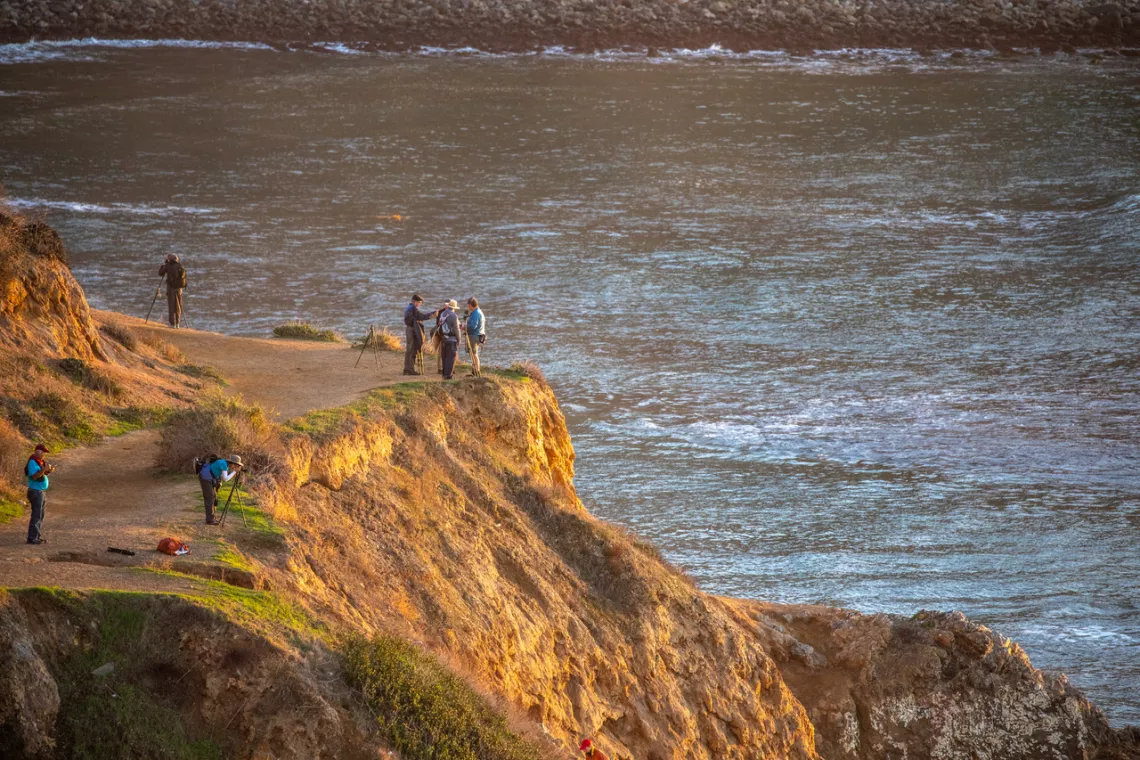July 27, 2020
This is part of an ongoing series of articles by the Angeles Chapter Communications Committee to help readers understand how important decisions are made in California - how agencies and boards function, why they exist and how to interact with them. We look forward to your comments and suggestions regarding other agencies you, the reader, would like to learn more about. Here is an introduction to regional water boards and the California Coastal Commission and interview with long-time coastal activist Penny Elia.
The Coastal Commission has been protecting California’s coasts since 1972 through regulations, education, and coordination. Its website displays a myriad of opportunities, from job offerings to monthly agendas to citizen activities.
While offices are currently closed due to the coronavirus, Commission staff are still working and can be contacted through phone, email, and regular mail.
In May, the group held its first virtual meeting through Zoom and allowed public participation as well. On May 13, the group, along with seventeen other agencies, adopted a set of coastal resilience principles with an emphasis on decreasing sea level rise. Some of the principles included maintaining a sea level rise of 3.5 feet by 2050 and enhancing relationships with the government on multiple levels. Even in the midst of a global pandemic, the Coastal Commission is taking active measures to ensure the protection of our beloved oceans.
Besides committing to the coasts, the group is also making efforts in the backdrop of the emerging social justice movement. Chairman Steve Padilla asserted that “Getting this work right requires we do so while understanding the tremendous economic, social and equitable impacts of what often appears only on the surface to involve planning and land use.” Additionally, the group has supported the repealing of Proposition 209, an initiative that banned affirmative action and consequently hindered advancement of discriminated groups.
Our beautiful beaches are soiled by acts such as eminent domain, redlining, and segregation. However, they are constantly cleaned by the Commission. For example, the group “required Mavericks organizers in Half Moon Bay to include women in their big wave surf competitions.” After the enactment of AB2616, it became more concerned and involved in environmental justice, even adopting a related policy in 2019.
The Commission also increased its staff of color from 27% in 2011 to 35% in 2019. Although there is still much work needed in order to bridge the gap of inequality, the Coastal Commission is a prominent example of how even environmental groups can engage in politics and social justice. Like a lighthouse, it provides hope for the lost people during these stark times. Hopefully the light will continue to shine and the tides will continue to turn.
Penny Elia is a long-time coastal activist who believes the Coastal Commission provides this beacon of hope. Here are some of my questions that I asked her along with the great answers she provided. Also please check out the links provided at the end for additional information.
Can you provide a broad overview of what the Coastal Commission does? The commission protects the coast and its full mission can be found on the website. The commission was created through Proposition 20 and now exists as a quasi-judicial state agency.
In general, how can people get locally involved? People can attend hearings through Zoom. Before, there were different local meetings but now it might be easier to participate because everything is online. Also, the best way to get involved is to appeal a project. Appeals can range from constructing a side yard to consolidation of parking lots.
What are the actions that the CC has been taking in light of the black lives matters movement? The Coastal Commission has been a leader in environmental justice and enforcement. An example of an action that Penny took was supporting a 1.7 million dollar fine in June for encroachments that were made upon Newport Beach. 300,000 dollars would be used to support inner city education. At the heart of this action were two Latino commissioners, which demonstrates the impact of diversity in the commission. The fine was unanimously approved and the basis was the Coastal Act, which ensured that beaches were open to the public and environmentally sound. Penny also mentioned that keeping the beaches clean would protect the western snow plover, an endangered bird species frequenting the area.
What does the Coastal Act enforce? Executive director Peter Douglas co-authored the Coastal Act. You have to live the Coastal Act to truly understand it. The most important part of this act is Chapter 3, which focuses on planning and management policies. This chapter has the most articles, from recreation to land resources to industrial development. To truly gain an understanding of the Coastal Act, you have to read it in its entirety.
What are ways that young teenagers and college students can get involved? They can get involved by attending hearings and being part of unions. Penny is eager to help budding Coastal Commission members, having attended many meetings and helped research testimony for others.
Is there any additional information that you would like the public to know about the CC? “There is no one like the Coastal Commission.” It is your very best friend.
Links:
About page: https://coastal.ca.gov/whoweare.html
The Coastal Act: Laws & Regulations: https://coastal.ca.gov/laws/
Currently Appealable Local Permits: https://documents.coastal.ca.gov/assets/appeal-projects/Statewide_Appealable_Projects_Report.pdf
Environmental Justice Year in Review: https://coastal.ca.gov/env-justice/
Local Coastal Programs: https://coastal.ca.gov/lcps.html
Permit Applications and Appeal Forms: https://coastal.ca.gov/cdp/cdp-forms.html
[Header photo:Oceans Beaches 11;Paul Reinstein all rights reserved]
